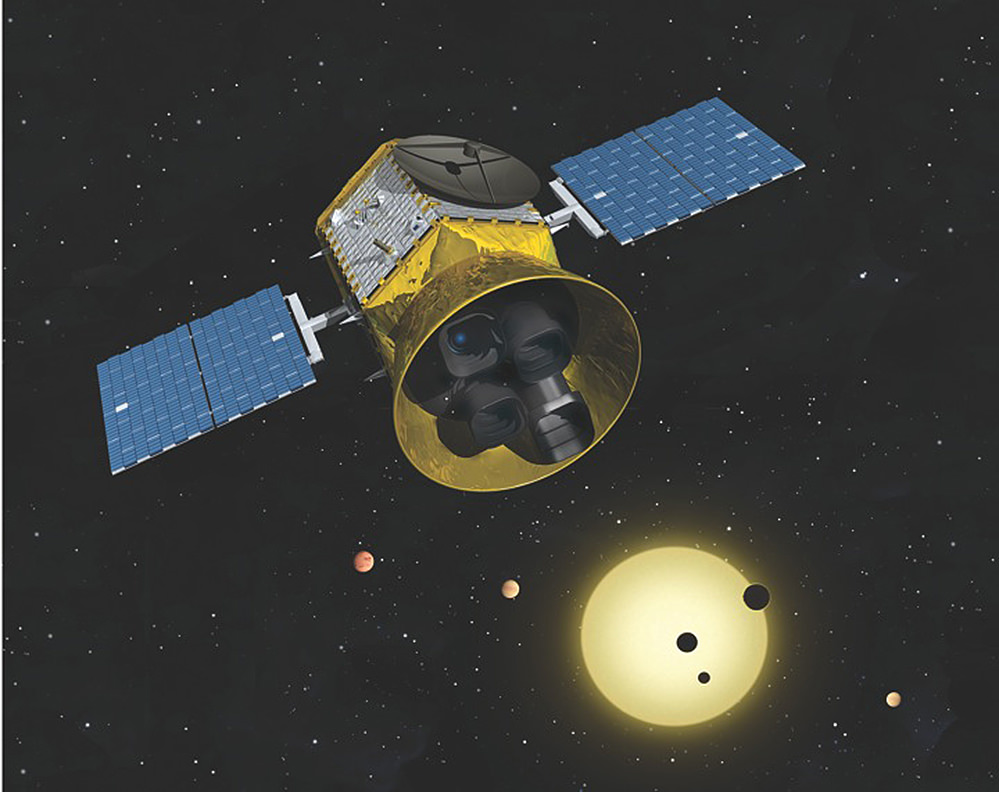Last month, NASA announced plans to launch the Transiting Exoplanet Survey Satellite (TESS) in 2017. This is a satellite that will perform an all-sky survey to discover transiting exoplanets in orbit around the brightest stars in the Sun’s neighborhood. “TESS will carry out the first space-borne all-sky transit survey, covering 400 times as much sky as any previous mission,” said George Ricker, the mission’s principal investigator. “It will identify thousands of new planets in the solar neighborhood, with a special focus on planets comparable in size to the Earth.”
Read more about the TESS mission here.
Today, Wednesday May 1, at 19:00 UTC (12:00 p.m. PDT, 3:00 pm EDT) you can take part in a live Google+ Hangout, and have your questions answered about TESS and the search for exoplanets with three leading members of NASA’s TESS mission:
George Ricker is principal investigator of the TESS mission and a senior research scientist at the MIT Kavli Institute for Astrophysics and Space Research (MKI) in Cambridge, Mass.
Sara Seager is a professor of planetary science and physics at MKI and a member of the TESS team. Seager’s research focuses on computer models of exoplanet atmospheres, interiors and biosignatures.
Joshua Winn is an associate professor of physics at MKI and deputy science director for the TESS mission. Winn is interested in the properties of planets around other stars, how planets form and evolve, and whether there are habitable planets beyond Earth.
Watch in the viewer above, or at the Kavli Foundation website.
Questions can be submitted ahead of and during this special event via Twitter using the hashtag #KavliAstro and by email to [email protected].


It would be so WAY double extra groovy cool see evidence for an earth like planet relatively nearby! And a bummer too, because there’s no way presently we would ever get to go there except vicariously at radio frequencies. An interesting side to this story is that the TESS mission will be studying nearby red dwarf stars. The reason I find this interesting is because, If one were to distill all the sightings of ET creatures, generally speaking those creatures have been reported as having BIG or extre large eyes… such as may be required for a creature from a Red Dwarf or other dim star… Sheet HOWDY Neighbor!